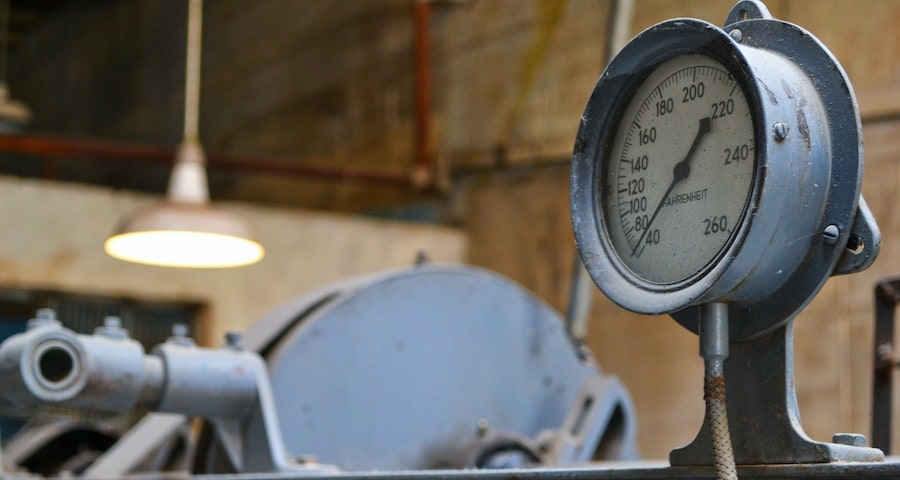
A rain gauge is an important tool for measuring precipitation, especially for gardening, and agriculture, and to monitor the water levels of reservoirs and water systems. However, a rain gauge that is not accurately calibrated can lead to inaccurate readings, which can result in problems for your plants and crops. In this blog post, we will guide you on how to easily test your rain gauge calibration without having to spend money on a professional to do it.
Contents
- 1 Step 1: First things first, make sure your rain gauge is clean and in good condition.
- 2 Step 2: Next is to determine your rain gauge’s capacity.
- 3 Step 3: Place your rain gauge in a level and open area.
- 4 Step 4: Add water to your rain gauge.
- 5 Step 5: Check your rain gauge’s calibration.
- 6 Conclusion:
Step 1: First things first, make sure your rain gauge is clean and in good condition.
The accuracy of your rain gauge can be positively or negatively impacted by any debris or dirt that has accumulated inside it. If there are obstructions, wipe them down or take the container apart and clean it thoroughly.
Step 2: Next is to determine your rain gauge’s capacity.
Some rain gauges can hold more rainfall than others. In general, the capacity of a rain gauge is usually around one inch of rain (or 25mm in metric units). Some rain gauges have wider openings, which means that they can hold more rainfall, while others have narrow openings. Make sure to read the capacity of your gauge before performing the calibration.
Step 3: Place your rain gauge in a level and open area.
It is recommended that you place your rain gauge in an open area without obstructions such as trees or walls. The gauge should be on a level surface to ensure that the collected rain is evenly distributed. If your gauge is not level, it will result in inaccurate readings.
Step 4: Add water to your rain gauge.
Before you add the water, use a marker pen to place marks at regular intervals on the inside of your container. This will help to accurately measure the amount of water that is added. Add water to your gauge slowly, making sure the water has time to settle before adding more.
Step 5: Check your rain gauge’s calibration.
This last step is the most important. After adding water you should check the measurements against the marks you made previously. If the gauge is not accurate, adjust the calibration level that is typically located on the bottom of the gauge. This adjustment is usually done by turning the calibration ring, where indicated. Keep repeating this step until you achieve an accurate reading.
Conclusion:
As an outdoor enthusiast, gardener or farmer, keeping your surroundings healthy and vibrant requires accurate measurements of water levels. A rain gauge can be an incredibly useful tool to ensure you get those accurate readings, but only if it’s calibrated correctly. Rather than spending money on a professional gauge calibration test, you can follow the above 5 simple steps to ensure that your rain gauge is calibrated correctly. Remember, an incorrect calibration level can lead to incorrect measurements, so it’s worth taking the time to calibrate your gauge and get accurate readings.
